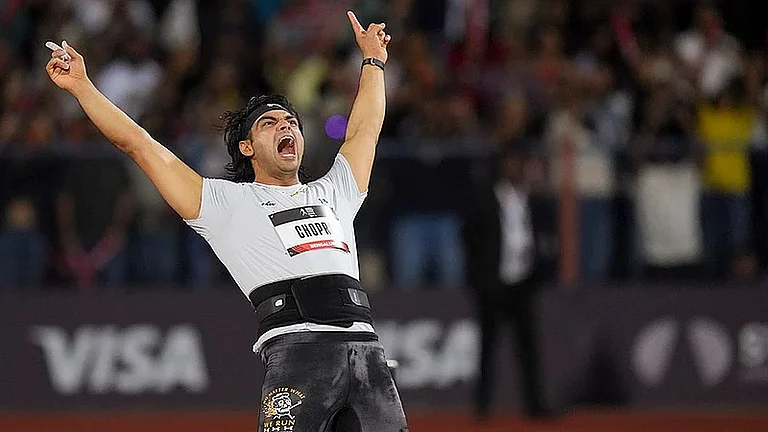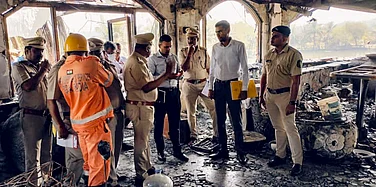On July 7th, 2025, the Uttar Pradesh government launched a bold and controversial initiative: the mass production of Ayurvedic medicines using Panchagavya, a traditional mixture of cow milk, curd, ghee, urine, and dung. Under this plan, products like toothpaste, ointments, and other medicinal formulas made from cow derivatives will be developed on a large scale.
The state government claims that modern science supports these products’ efficacy. They will be used to treat a wide range of illnesses, from diabetes and heart disease to asthma, and anemia.
A key part of the plan involves using cow urine in formulas for 19 different diseases, which the government claims has immune-boosting and healing properties. The initiative, supported by the AYUSH Ministry, will focus on bringing forward lab-verified results so these products can get “broader acceptance in the healthcare system”.
Beyond health, the government hopes that this initiative will bring in revenue to the gaushalas to make them financially self-sufficient. “As demand for Panchgavya products grows, so will the relevance of cow shelters,” the government’s statement said.
The UP’s government focus on the cow is not new and is deeply tied to politics. The right-wing government has frequently used the cow as a potent symbol. Tragically, despite its ‘holy’ status, the cow is often mistreated in reality. Thousands of cows are neglected in shelters or roam the streets, their stomachs filled with plastic.
In its February 6, 2023 issue, titled Cow Prescription, Outlook magazine explored this complex issue in depth. The magazine examined how the myth of the 'holy cow' was created, the half-truths surrounding it, and its central role in modern political debates.
Rakhi Bose In her story The Age Of WhatsApp University And A Political Animal Called Cow, explores how the cow continues to be used as a nationalist symbol. She traces the animal's journey from being a source of milk that was also eaten and sacrificed to becoming a divine ‘mother’ figure that cannot be slain.
Bose challenges the misinformation spread on platforms like WhatsApp and sheds light on how pseudoscience is supported by irresponsible statements from politicians. For instance, during the COVID-19 pandemic, some politicians, like Sadhvi Pragya, claimed drinking cow urine could cure the virus, while others, like Oscar Fernandes, have claimed it cured their cancer.
Abhik Bhattacharya’s story, The Land Where Cow Is Not Holy But A Friend Also, explores how different communities in India view the cow. It shows that many Adivasi (tribal) communities see cows primarily as working animals for farming, not as a source of milk, which they believe is for the calf. This view is part of their "Ecosophy," which respects nature and mutual well-being.
The Sohrai festival, for example, celebrates cattle as "friends" and farming partners. In contrast to Hindu reverence, some Adivasi traditions even included sacrificing calves. The article reveals that for Adivasi communities, the cow’s value is tied to their ecological and cultural way of life, a perspective very different from the idea of cow ‘holiness.’
Y.S. Alone, in Why We Need Scientific Temper In An Era Of Cow Politics, examines a historical misconception in Indian medicine where sickle cell anemia in 'untouchable' communities was wrongly linked to beef consumption due to caste prejudice. He also presents historical and archaeological evidence of beef eating in ancient India, citing scholars like Dr. B.R. Ambedkar and Dr. D.N. Jha.
This evidence challenges the idea of the cow's inherent ‘holiness’ and shows how it became a political tool to divide communities, particularly during the colonial era.
The article All In The Name Of Cow Protection by Shruti Ganpaty details how cow protection groups (Gau Rakshaks) operate. Many members are young men from various communities seeking an identity and social status, which they often find through right-wing organisations. A growing network of supporters frequently praises their acts of violence.
A key part of their strategy is gathering intelligence from informers, especially against Muslims. Their attacks are often pre-planned and coordinated through social media, with a network that includes local politicians and even police officers who sometimes act as informants. These groups usually function as an illegal authority, extorting money and attacking cattle traders and farmers with violence.
In the article When Cow Protection As State Policy And Cow Vigilantism Go Hand In Hand, Omar Rashid recounts the story of Samaydeen, Qasi, and others who became victims of cow vigilantism based on mere rumours of cow slaughter. These incidents highlight the deadly impact of aggressive cow politics, where right-wing Hindu groups often use false accusations of beef-eating to persecute and demonise Muslims.
.


























